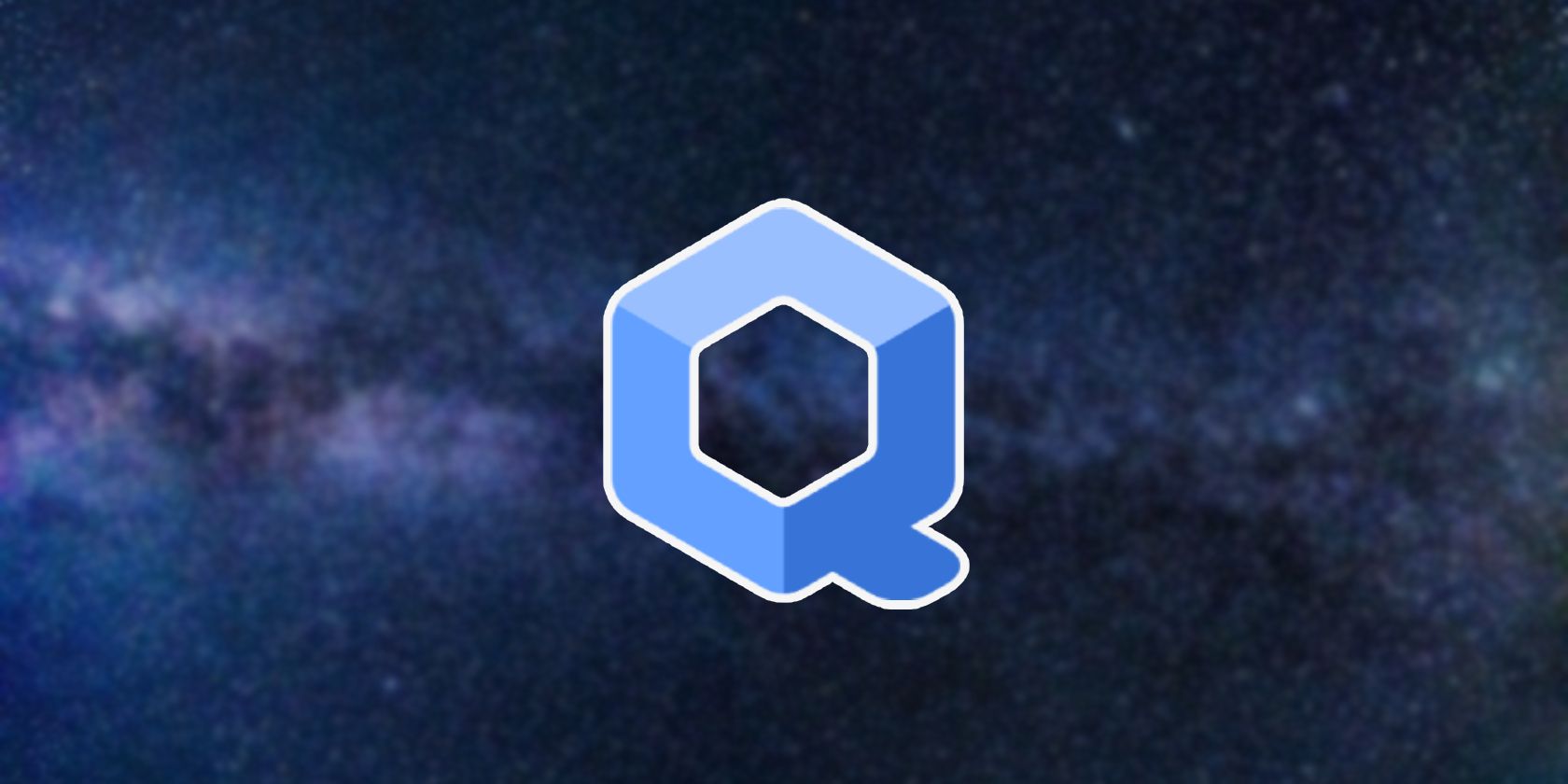


Hit the right arrow key until you’ve reached that screen listing your bootable devices, and then hit the Enter key What you want to do here is move the Removable Devices option to the top of the list (it may be listed as merely “Removable Dev”). Look at the menu options at the top of the screen, and you should notice a menu named “Boot”. Your mouse probably will not work here, so you’ll need to rely on your keyboard. When you figure out what key you need to press, press it repeatedly until the system BIOS screen is displayed.

If you’ve done it right, the “removable dev” option should be listed as the 1st Boot Device.
Qubes os for macbook air windows#
When you start up your PC, take note of the text that flashes on the screen, and look for something that says “Press to enter setup” or “Press to enter startup.” Usually, the key you want will be F2 or the Delete or Escape (Esc) key.Ī Windows BIOS screen. We next need to make sure that the computer knows to look to the USB drive first for a bootable operating system before it checks the hard drive, otherwise ZeusGard will never be recognized by the computer (this only needs to be done once). Rather than reinvent the wheel, I’ve excerpted and modified the following instructions from my Banking on a Live CD post.
Qubes os for macbook air Pc#
Getting ZeusGard (or any other live distribution, for that matter) working on a Windows PC may be a bit more involved. To get ZeusGard working on a Mac, hold the “Option” key while booting up, and select the volume labeled “Windows” (yes, I realize this is counter-intuitive, since the whole idea behind booting into a live CD is that you’re not in Windows).

But if you need or want wireless capability in a USB-based “Live CD” solution, ZeusGard is one of few easy-to-use options currently available. Snyder said the next version should include a streamlined wireless setup, and will offer users more options inside the browser session (in the version I tested, for example, ZeusGard automatically shuts down after 30 minutes of use).Īt $24.95 for the basic ZeusGard and $14.95 for the wireless adapter, this device is likely to be more appealing to small businesses than the average Internet user. ZeusGard is produced by Bancsec, a consulting firm that advises financial institutions on ways to beef up security (think Sneakers). This is the second generation of ZeusGard, and I’m looking forward to seeing the next iteration of the device. Once you’re connected, click the down arrow at the top of the dialog box and select “Exit to Browser Session.” When you boot up with both ZeusGard and the adapter plugged in, ZeusGard automatically searches for available wireless networks, and asks you to choose yours from a list of those in range.Īssuming access to your wireless network is secured with WPA/WPA2 (hopefully not the weaker WEP) , click the “properties” box next to your network, and enter your network’s encryption key (if you need to see the key in plain text while you’re typing, tick the box next to “key”). My review copy of ZeusGard came with a tiny USB wireless Wi-Fi adapter, which makes jumping on a wireless network a complete breeze. The Live CD solution I most frequently recommend - which is based on a version of Puppy Linux - technically can work with wireless networks, but I found that setting it up is not at all intuitive, especially for people who’ve never used anything but Windows before. Nearly all Live CD solution have one glaring weakness: They typically are not usable over a wireless connection. The non-writeable drive boots directly into the browser (on top of Debian Linux), and if your system is hard-wired to your router with an Ethernet connection, you should be good to go. The device, called ZeusGard, is a small, silver USB flash drive that boots into a usable browser within about 30 seconds after starting the machine. But it is one of the safest, most easy-to-use solutions I’ve seen yet. Nor is it an actual CD or anything more than a stripped-down Web browser. The device I’ll be looking at today is not free, nor is the the tiny dongle that enables its ability to be used on a wireless network. That’s because it lets you boot your existing PC into an entirely different (read: non-Windows) operating system. Zeusgard, with wireless adapter, on a Macbook Air.Īs I noted in my 2012 column, “ Banking on a Live CD,” the beauty of the “Live CD” approach is that it allows you to safely bank online from any machine - even from a system that is already riddled with malware.


 0 kommentar(er)
0 kommentar(er)
